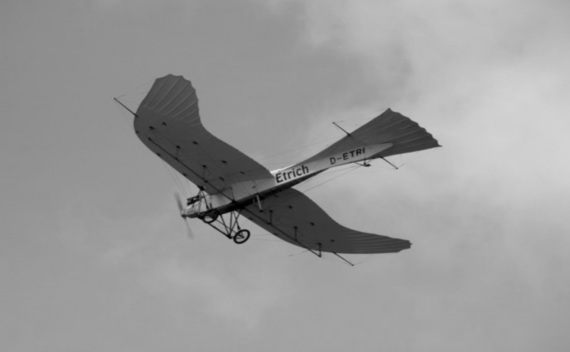Also known as the Turco-Italian War, the Italo-Turkish war was between the Ottoman Empire and the Kingdom of Italy. It was aimed at acquiring colonies in North Africa by conquering Libya and Tripolitania. The war took place between September 1911 and October 1912.
The war began after the Ottomans refused to negotiate with Italy after the latter sent an ultimatum on September 28th, 1911. After successfully subduing the Ottomans, Italian forces quickly took over towns such as Benghazi, Darnah, and Tripoli. As Italy continued its invasion, the Ottoman army continued to withdraw, enabling Italian forces to seize Djebel, Fezzan, Ghadames, and Murzuk.
Although the conflict was deemed minor, there were numerous technological advancements that made the war significant. One of these progressions was the use of airplanes in warfare. On October 23rd,1911, Captain Carlo Piazza, an Italian pilot, flew over the Turkish border in the first aerial surveillance ever using planes. The plane, Bleriot XI, was designed by Raymond Saulnier and Louis Bleriot and was made of oak and poplar.
Piazza understood the importance of aerial photography, and after returning to Italy, he built a patented camera for use in airplanes. The Italian forces dropped the first-ever aerial bomb on November 1st the same year. Although the Turks did not have anti-aircraft defenses, they became the first to crash an aircraft using rifles.
In December 1911, another Italian airplane flew over the Turkish forces and dropped four hand grenades. Within the next few years, aerial combat became a reality and the weapon of choice over time.

